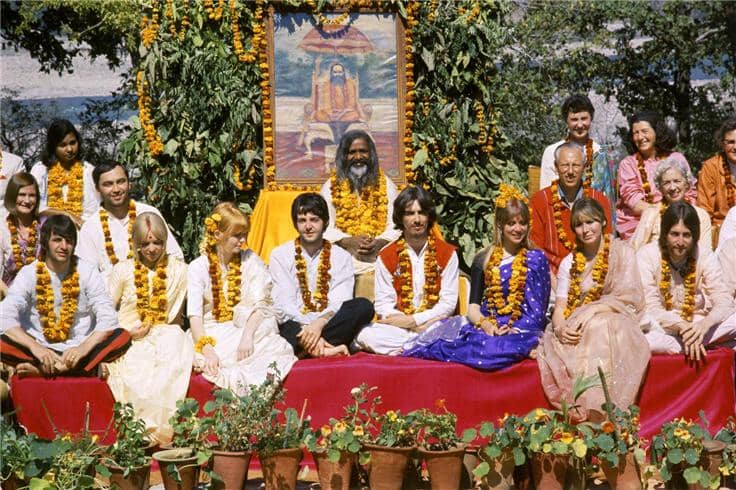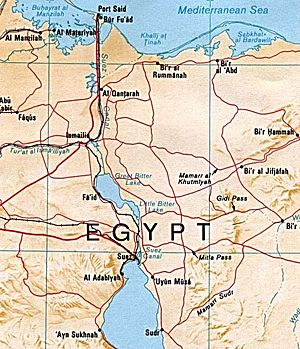 |
| Bandeira do movimento Tupamaro |
Uruguay was considered an "island of tranquility" in South America in the early 1960s, especially when compared with its big and problematic neighbors Argentina and Brazil.
Well, this message were not correct and, more than this, disappeared in 1968 (as usual at that year). At that year a wave of protests occured in Uruguay as a result of the growing of poverty and also as a consequence of high inflation. And in June of that year things became even worse: the government decided to install the "state of emergency" in the country, suspending most of the civil and political rights.
The reaction was immediate and huge: the Tuparamos group, until 1968 one group of citizes that promoted pacific opposition, became one of the most radical movements against the government in South America. Tupamaros chose in 1968 to be violent, using methods like kidnapping and bombing to protest against the government.
As a result of this situation, militars had an even more violent reaction to Tupamaros and the "island of peace" was transformed in battle field during years. The state of emergency was maintained until 1971 and a militar dictatorship took power, against all the country tradition.
So, Uruguay started to live in a "war state" from 1968 on. After hundreds of deaths and a lot of people tortured the country finally came back to democracy in the 1980s. And things changed radically: the Uruguay nowadays president Jose Mujica is a former Tupamaro terrorist who still drives an old car and lives in a very modest house.
Uruguay was not the same after 1968. But to be honest, who did?





